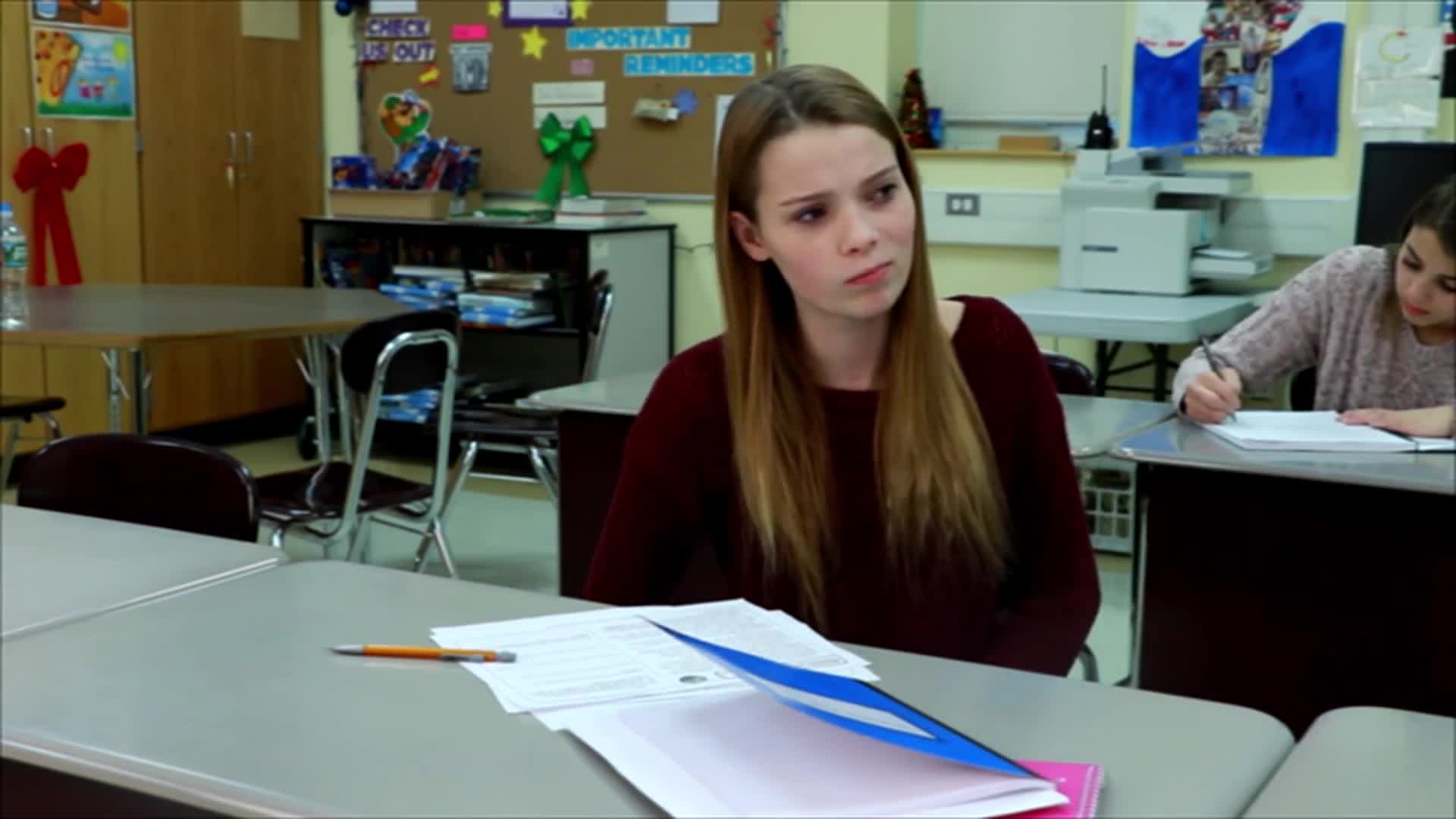
Introduction
Problem-solving is a crucial life skill that enables students to navigate challenges and make informed decisions. In this blog post, we introduce an engaging game called Solve It, designed to teach problem-solving skills to elementary students. The game involves going through a series of steps to identify and address problems, encouraging communication and collaboration among students.
No-Prep Activity: Solve It Game
This activity requires no preparation or materials from the educator. To play Solve It, follow these steps:
- Divide students into small groups and present them with a hypothetical problem. For example, a student accidentally spills water on their classmate’s artwork.
- Guide students through the following problem-solving steps:
- Identify the problem
- Figure out how big the problem is
- Think of possible solutions
- Pick a solution
- Try that solution and then reassess it
- How did it work? If the solution works, the problem is solved! If not, try again.
- At any point in the game, if students see an “emotion check” icon in the corner, encourage them to stop and discuss how everyone is feeling.
This activity promotes open communication, empathy, and critical thinking while students work together to solve problems.
Discussion Questions
After playing the Solve It game, stimulate further discussion with these questions:
- How did working together help you come up with better solutions?
- What emotions did you feel during the problem-solving process? How did they affect your decision-making?
- Can you think of a real-life situation where you used problem-solving skills? How did it turn out?
- What strategies can you use to stay calm and focused when faced with a difficult problem?
- How can you apply the problem-solving steps learned in this game to other areas of your life?
Related Skills
Teaching problem-solving skills through the Solve It game also helps students develop these related skills:
- Communication: Encouraging open dialogue and collaboration during the game helps students learn to express their thoughts and ideas effectively.
- Empathy: Understanding and acknowledging the feelings of others during the problem-solving process helps students develop empathy and compassion.
- Critical thinking: Analyzing problems and evaluating potential solutions helps students improve their critical thinking skills.
- Resilience: Learning to persevere and adapt when faced with challenges helps students build resilience and confidence.
Next Steps
Ready to explore more engaging activities that teach problem-solving and other essential skills? Sign up for free samples of the Solve It game and other resources at Everyday Speech. Help your students develop the skills they need for success in school and beyond!

